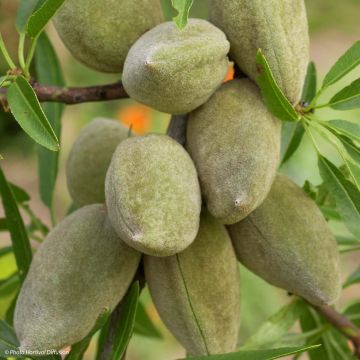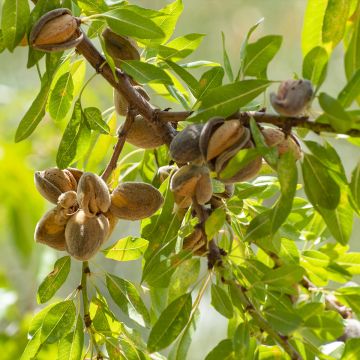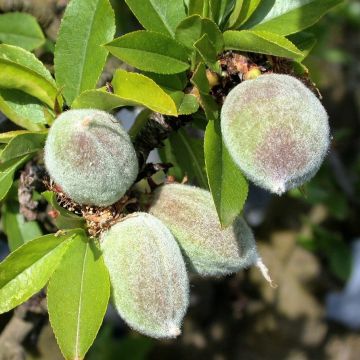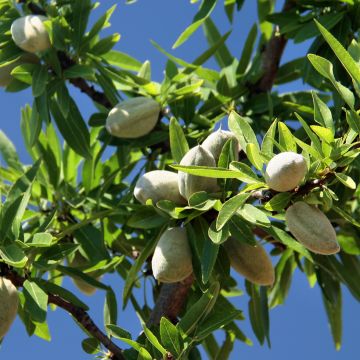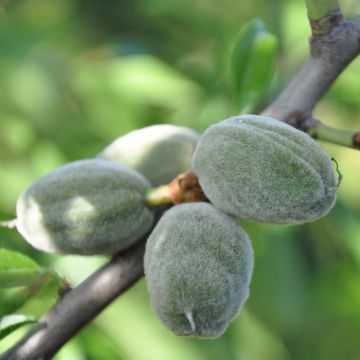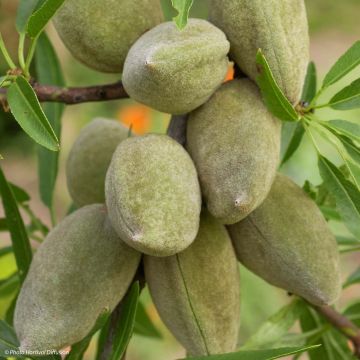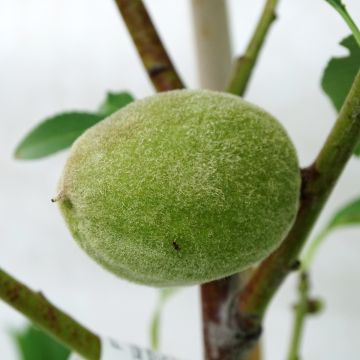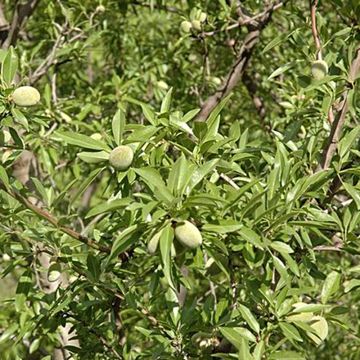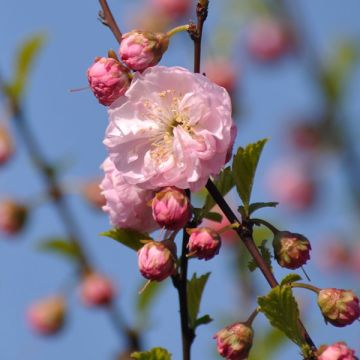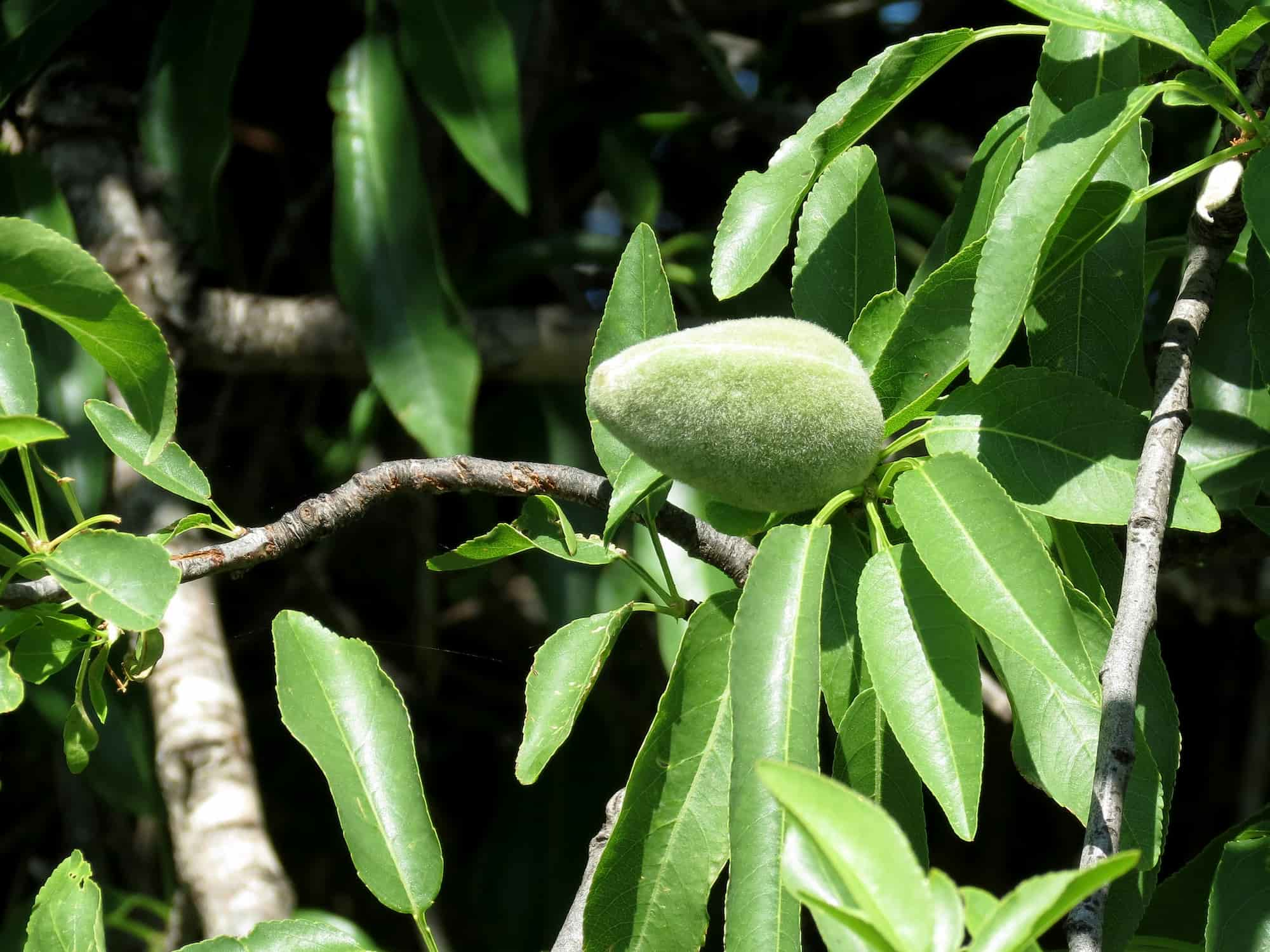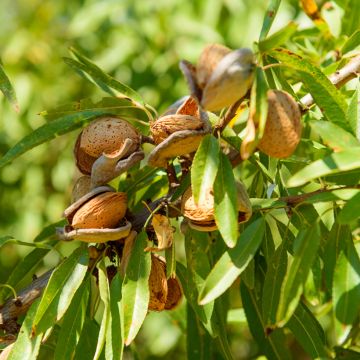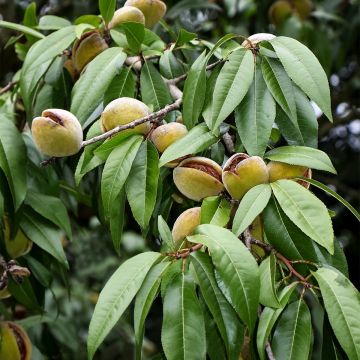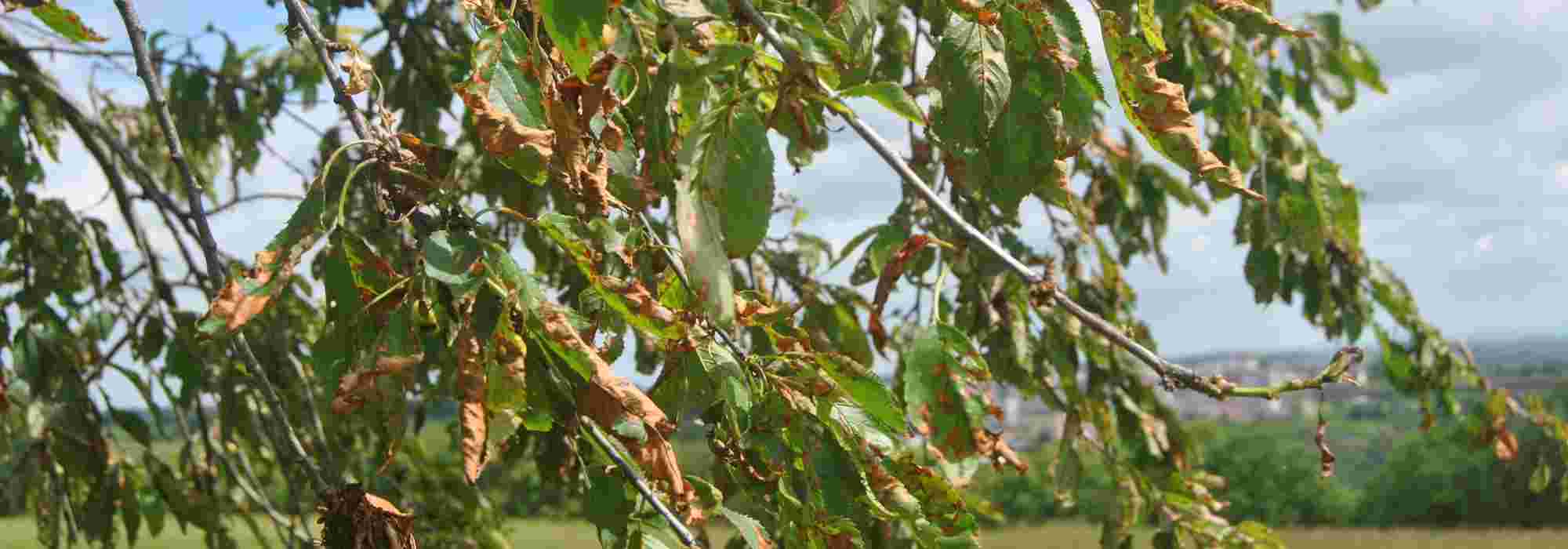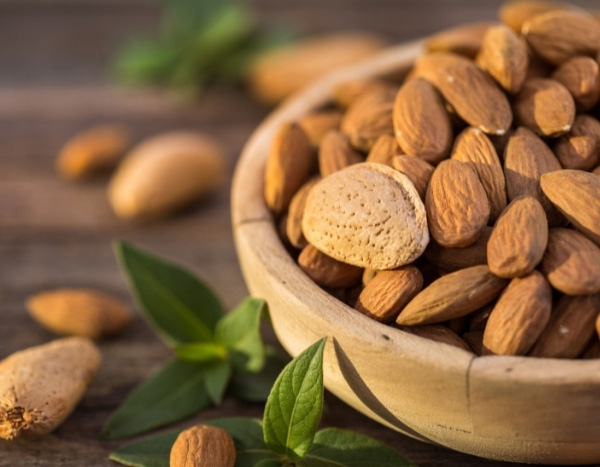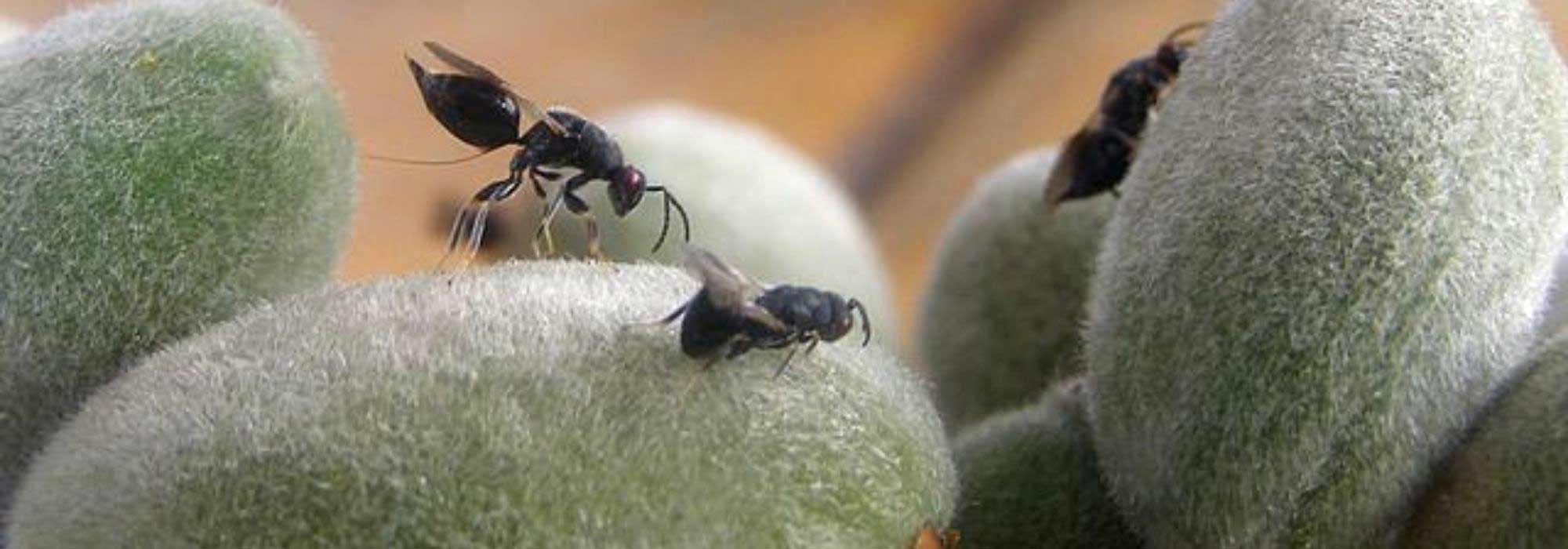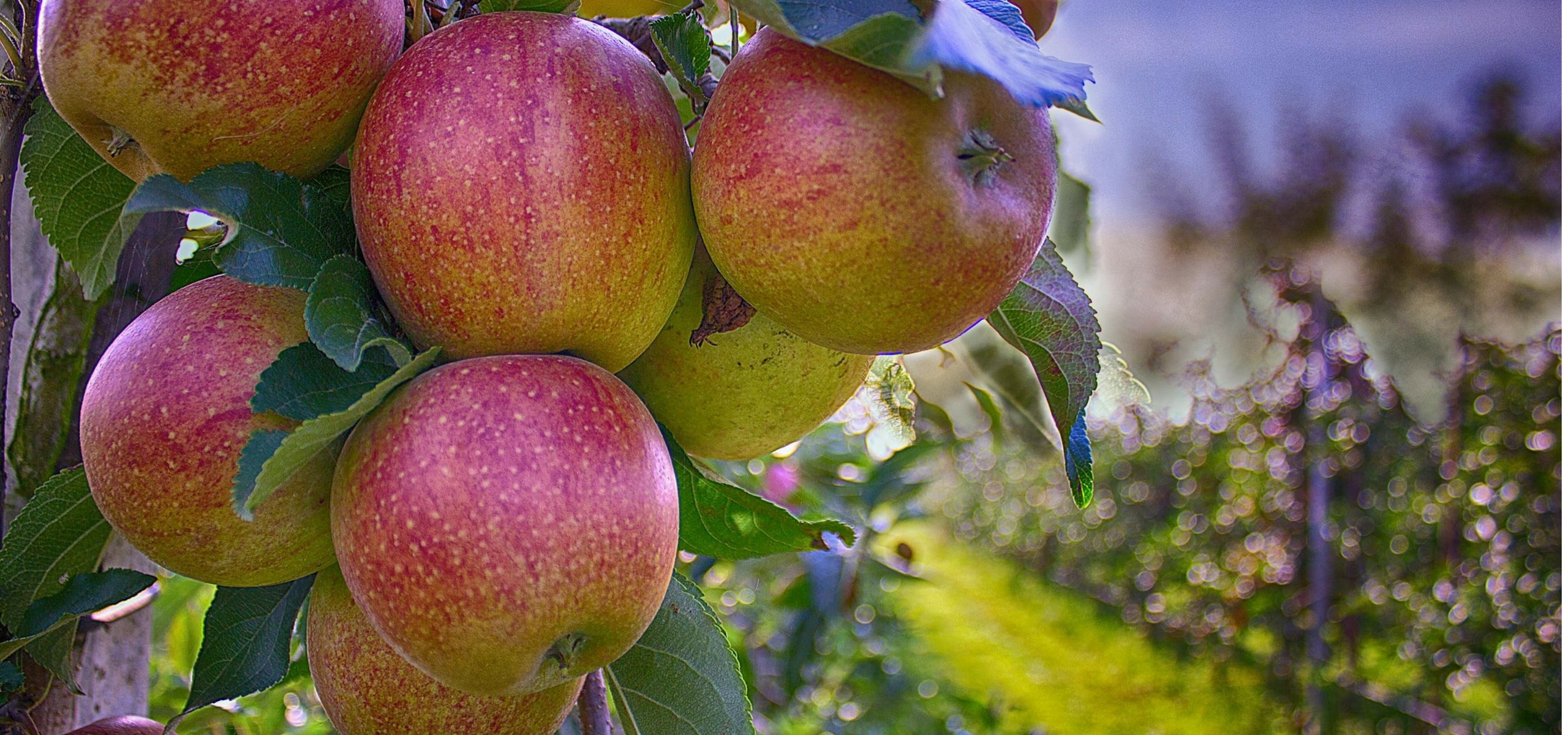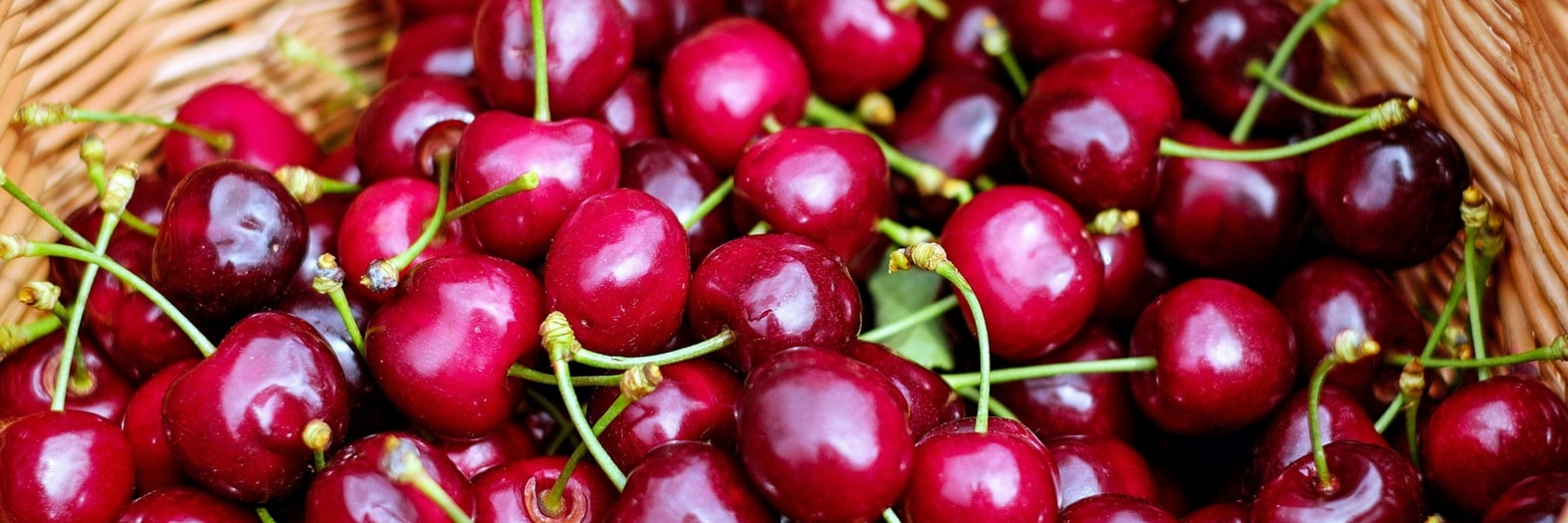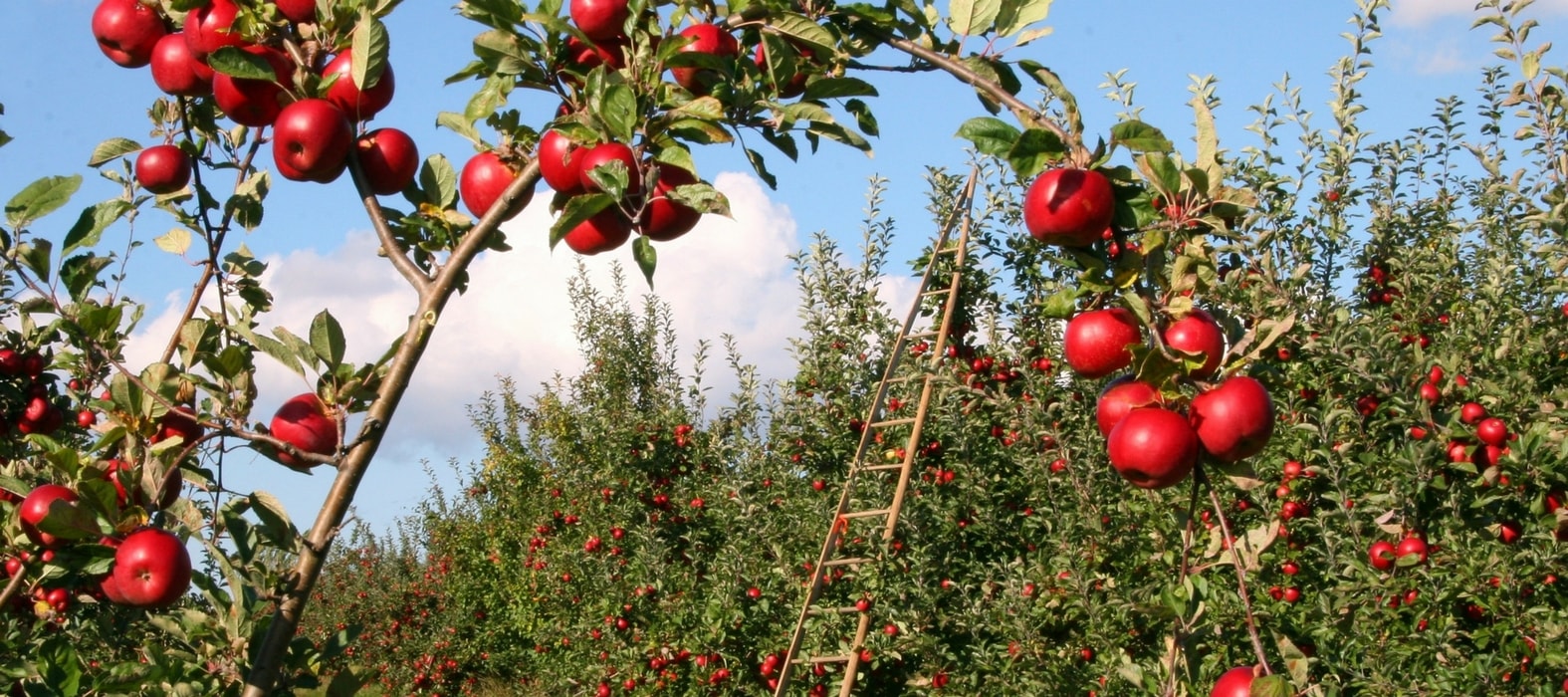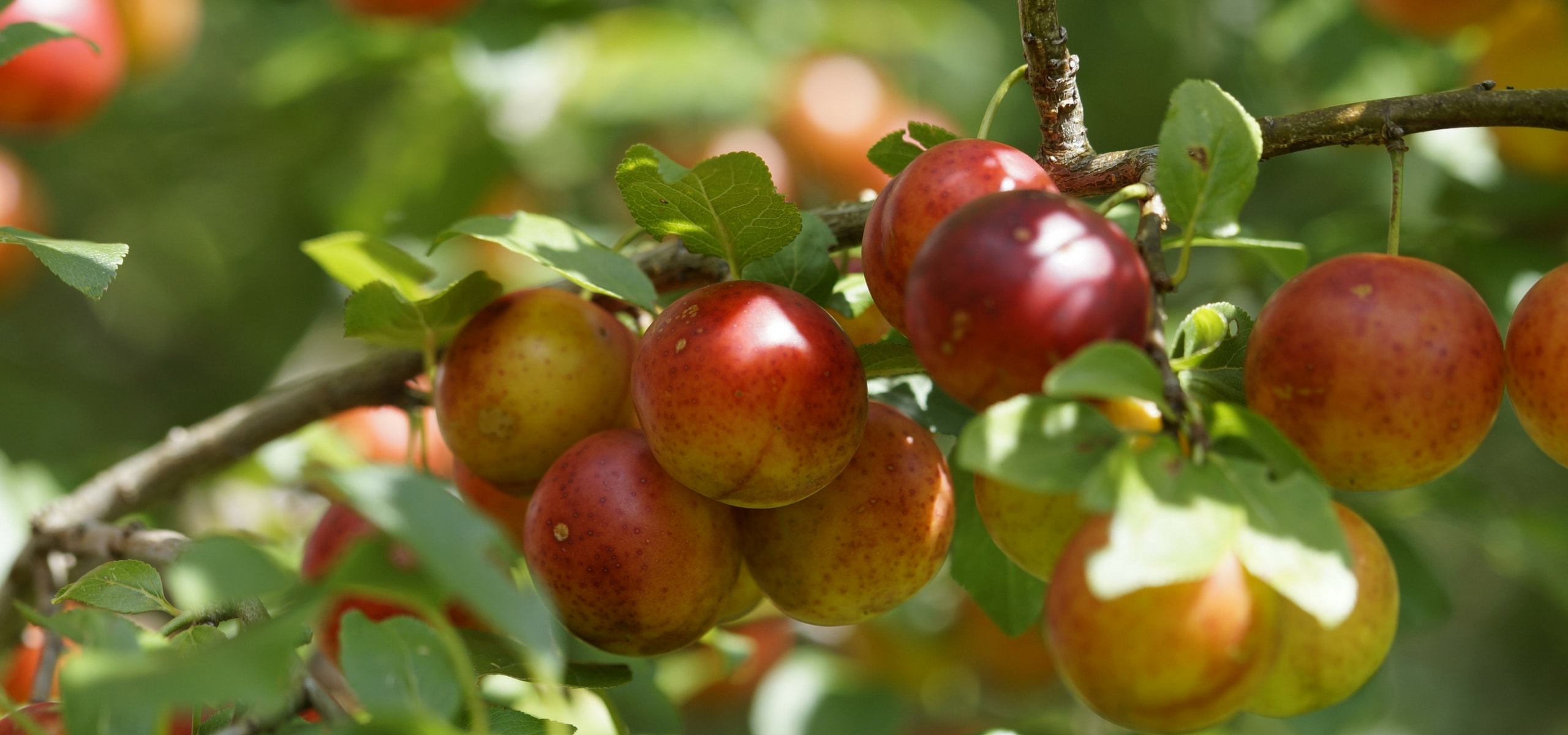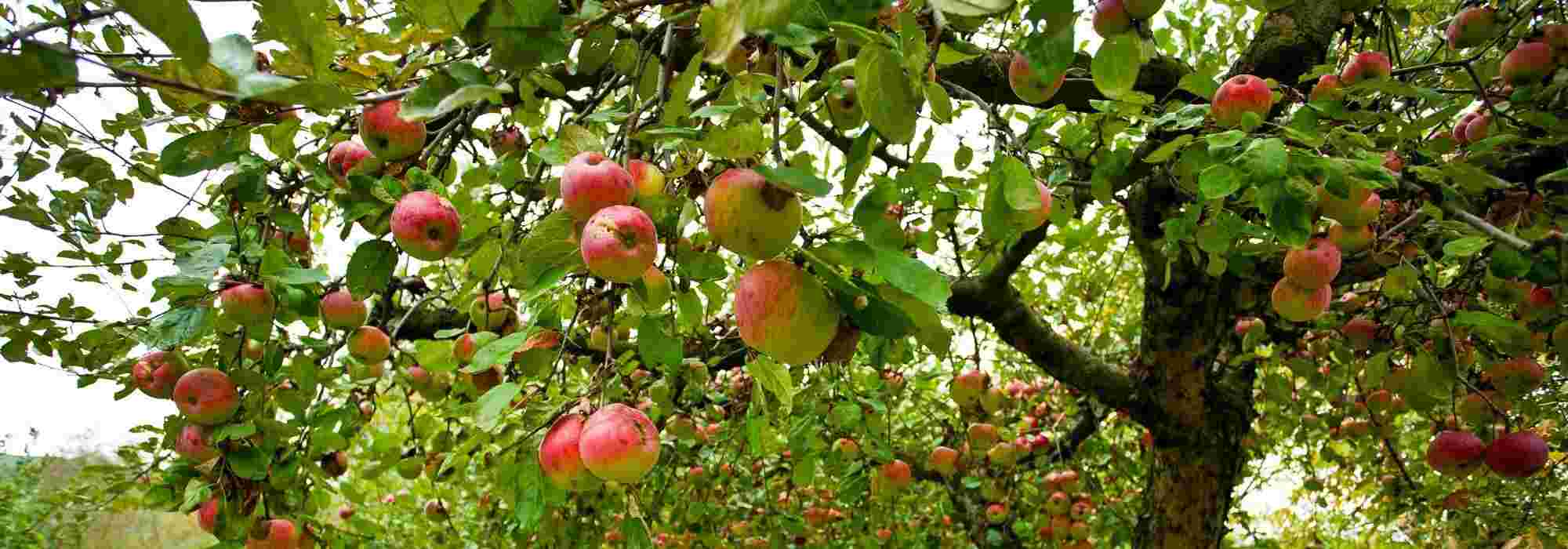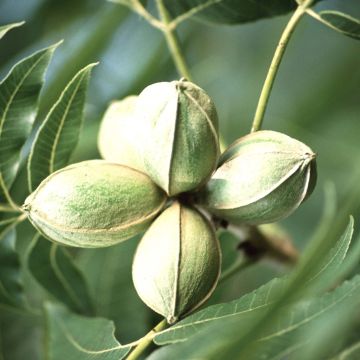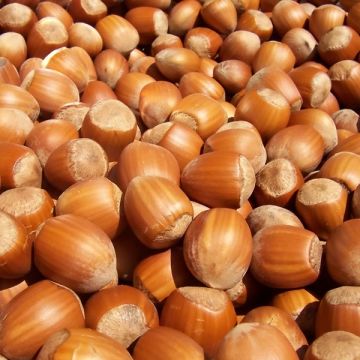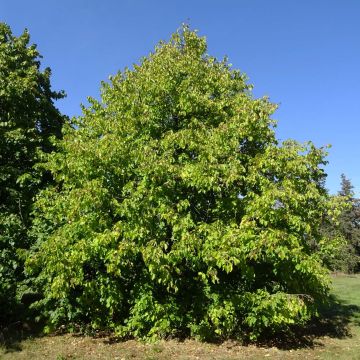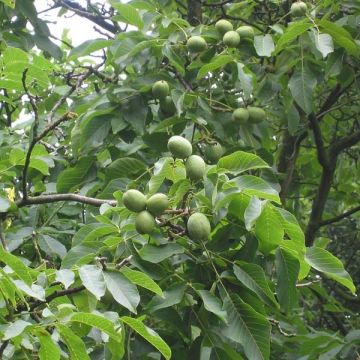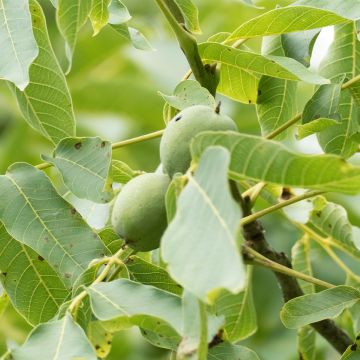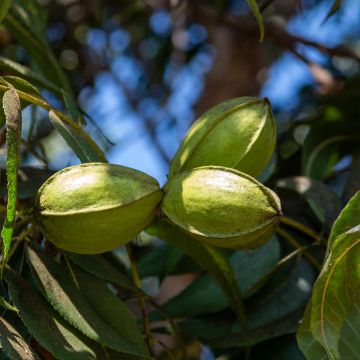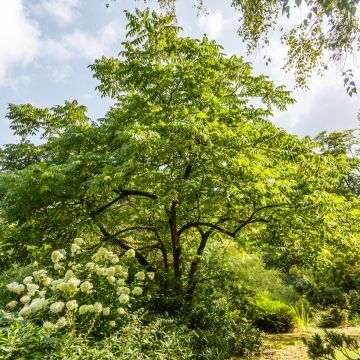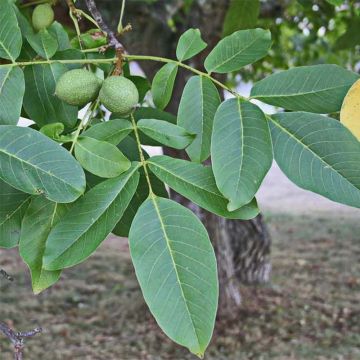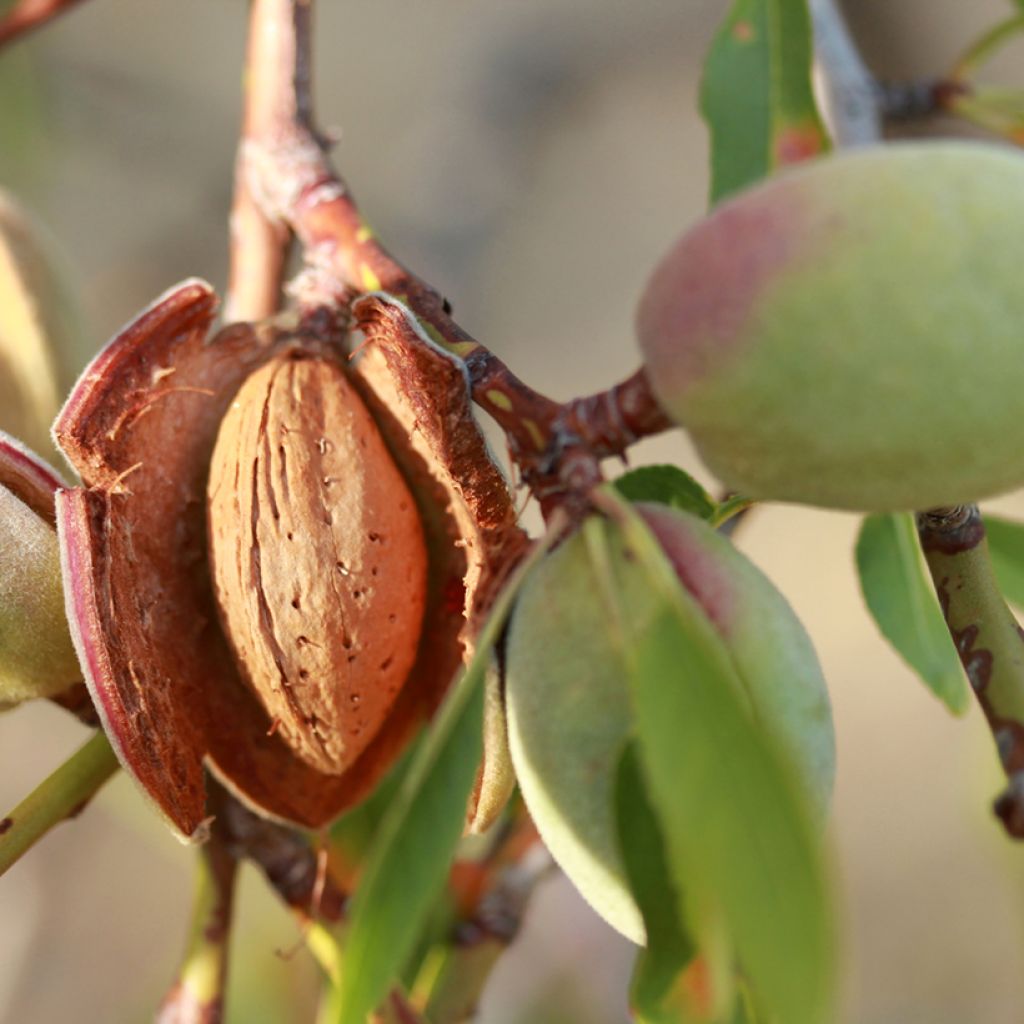

Prunus dulcis Desmayo Largueta - Almond tree
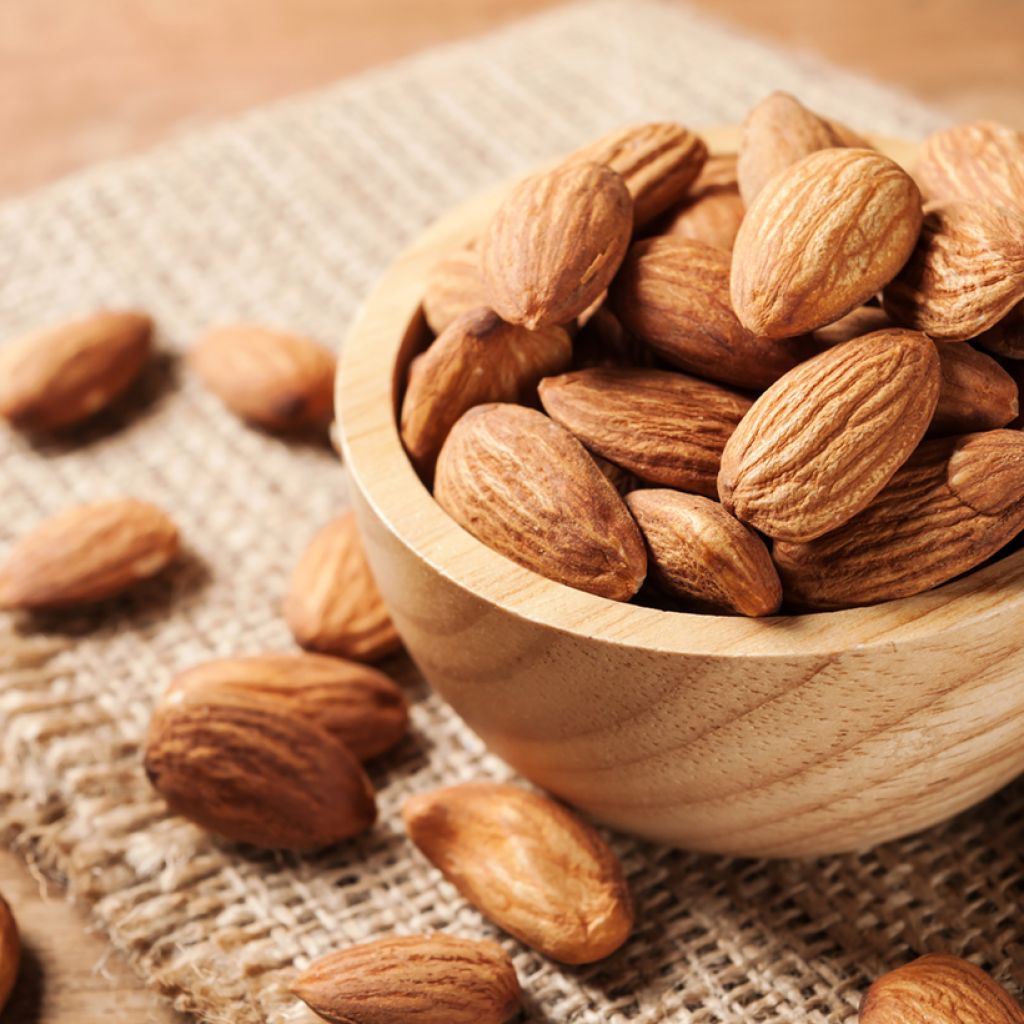

Prunus dulcis Desmayo Largueta - Almond tree
Prunus dulcis Desmayo Largueta - Almond tree
Prunus dulcis Desmayo Largueta
Almond
Special offer!
Receive a €20 voucher for any order over €90 (excluding delivery costs, credit notes, and plastic-free options)!
1- Add your favorite plants to your cart.
2- Once you have reached €90, confirm your order (you can even choose the delivery date!).
3- As soon as your order is shipped, you will receive an email containing your voucher code, valid for 3 months (90 days).
Your voucher is unique and can only be used once, for any order with a minimum value of €20, excluding delivery costs.
Can be combined with other current offers, non-divisible and non-refundable.
Why not try an alternative variety in stock?
View all →This plant carries a 6 months recovery warranty
More information
We guarantee the quality of our plants for a full growing cycle, and will replace at our expense any plant that fails to recover under normal climatic and planting conditions.
Description
The 'Desmayo Largueta' almond tree(Prunus dulcis 'Desmayo Largueta') is a Spanish variety recognisable by its open habit and early, rosy white blossom. It is valued for its productivity and the excellent flavour of its almonds. Adapted to warm, dry climates yet cold-resistant, this variety produces elongated and flavoursome almonds, ideal for pastry-making and confectionery. It requires a pollinator such as Guara or Ferragnès for good fruiting. Its graceful silhouette and spectacular spring flowering make a striking addition to a Mediterranean orchard!
The 'Desmayo Largueta' almond tree (Prunus dulcis 'Desmayo Largueta') is a tree belonging to the Rosaceae family. The precise geographical origin of this variety remains uncertain, but it is believed to come from the Spanish provinces of Huesca, Lleida, or Tarragona. According to legend, it owes its existence to the priest of Alquézar in the province of Huesca. Selected for its cold resistance, high productivity, and the quality of its almonds, this variety is still widely cultivated in Spain. The tree is very hardy (down to -14°C), but its early flowers are frost-sensitive.
This fruit tree stands out for its open and flexible habit, with spreading branches that give it a remarkable silhouette. It typically reaches a height of 4 to 5 m at maturity, exhibits moderate growth, and begins fruiting relatively quickly after about 6 years of cultivation. Its foliage is deciduous, composed of oblong and lanceolate leaves around 12 cm long, dark green on the upper side and lighter on the underside.
Its very early flowering, starting in February, is susceptible to late frosts. The white to pale pink flowers measure between 3 and 5 cm in diameter and appear before the bud burst period of the leaves. This variety is self-sterile: the presence of compatible pollinators such as 'Bouquet', 'Guara', or 'Ferragnès' nearby is essential to ensure good fruiting.
Almonds are usually harvested between late August and early September, when the fruits are fully ripe and the hull (the "skin") begins to split, a sign that the fruit is ripe. The traditional method involves shaking the branches with poles to make the fruits fall onto nets laid on the ground. Once harvested, the almonds are quickly freed from their hulls and then left to dry in the sun for several days to reduce their moisture content and ensure good preservation. Once thoroughly dry, they can be stored in a cool, dry place, away from humidity.
The 'Desmayo Largueta' almond is recognisable by its elongated shape. The shell is hard but relatively thin, with a cracking yield estimated between 26 and 28%. The kernel offers a sweet flavour and a crunchy texture, prized in pastry-making and confectionery, particularly for producing roasted almonds, pralines, or sliced almonds. They are often used blanched and feature in many Mediterranean delicacies. They can also be eaten fresh as a snack or incorporated into sweet and savoury dishes to add a gourmet and refined touch.
The 'Desmayo Largueta' almond tree is an excellent choice for regions with mild winters and dry, hot summers, where it can reach its full fruiting potential. It is valuable for stony and dry areas with calcareous soil, where it manages to grow and fruit. Nevertheless, it appreciates minimal summer watering (professional plantations are drip-irrigated to secure and regulate production). The key is to plant it in well-draining soil, as it cannot tolerate excess water at the root level. Under these conditions, it proves very resilient and requires little maintenance, limited mainly to light winter pruning to remove dead wood or balance its habit.
The Almond Tree has its rightful place in a Mediterranean orchard alongside the Olive Tree and the Pomegranate. Pair it also with the decorative Strawberry Trees 'Marina' or 'Atlantic', known for their evergreen foliage, bell-shaped flowers, and fruits. Rockroses will also make good companion plants for a natural look, forming a low vegetation zone. In Mediterranean climates and dry soils, you can also plant Azarole Hawthorn for its nectar-rich flowers and small apple-like fruits, which can be cooked into compotes or jams.
Prunus dulcis Desmayo Largueta - Almond tree in pictures
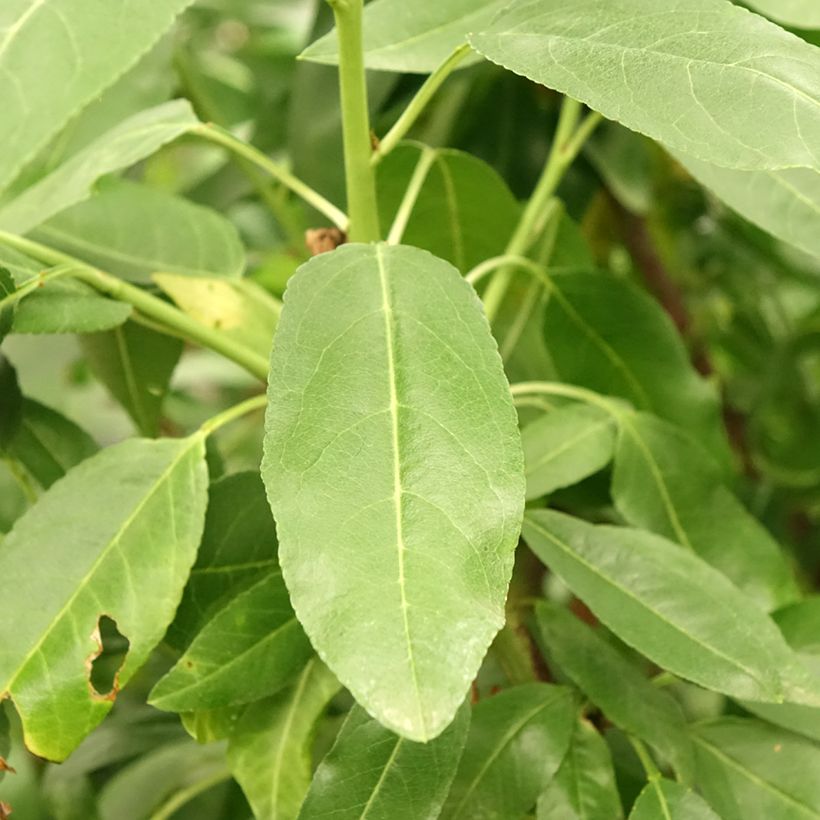



Plant habit
Fruit
Flowering
Foliage
Botanical data
Prunus
dulcis
Desmayo Largueta
Rosaceae
Almond
Prunus dulcis var. largueta, Amygdalus communis, Prunus amygdalus, Prunus dulcis var. amara
Mediterranean
Other Almond trees
View all →Planting and care
Preferably, plant your 'Desmayo Largueta' almond tree in autumn. If it's a replacement, avoid planting it in the same spot as a previous almond tree. The almond tree requires well-drained soil, even stony ground, and thrives in limestone-rich soils. Adding organic fertiliser in spring will boost the tree's productivity, as will occasional watering when the almonds are forming and developing. Its resistance to summer drought is excellent. However, clay soils that retain moisture are very harmful, as they can lead to root fungus and the rapid death of the tree.
Pruning should be limited to light thinning in winter to encourage the growth of young shoots in spring. Remove any dead wood and crossing branches. For the first 3 or 4 years, you may prune more severely to shape 4 or 5 main scaffold branches, creating a traditional goblet shape, common in fruit tree cultivation. You can harvest your almonds fresh or dried, depending on your preference.
Planting period
Intended location
Care
Planting & care advice
This item has not been reviewed yet - be the first to leave a review about it.
Similar products
Haven't found what you were looking for?
Hardiness is the lowest winter temperature a plant can endure without suffering serious damage or even dying. However, hardiness is affected by location (a sheltered area, such as a patio), protection (winter cover) and soil type (hardiness is improved by well-drained soil).

Photo Sharing Terms & Conditions
In order to encourage gardeners to interact and share their experiences, Promesse de fleurs offers various media enabling content to be uploaded onto its Site - in particular via the ‘Photo sharing’ module.
The User agrees to refrain from:
- Posting any content that is illegal, prejudicial, insulting, racist, inciteful to hatred, revisionist, contrary to public decency, that infringes on privacy or on the privacy rights of third parties, in particular the publicity rights of persons and goods, intellectual property rights, or the right to privacy.
- Submitting content on behalf of a third party;
- Impersonate the identity of a third party and/or publish any personal information about a third party;
In general, the User undertakes to refrain from any unethical behaviour.
All Content (in particular text, comments, files, images, photos, videos, creative works, etc.), which may be subject to property or intellectual property rights, image or other private rights, shall remain the property of the User, subject to the limited rights granted by the terms of the licence granted by Promesse de fleurs as stated below. Users are at liberty to publish or not to publish such Content on the Site, notably via the ‘Photo Sharing’ facility, and accept that this Content shall be made public and freely accessible, notably on the Internet.
Users further acknowledge, undertake to have ,and guarantee that they hold all necessary rights and permissions to publish such material on the Site, in particular with regard to the legislation in force pertaining to any privacy, property, intellectual property, image, or contractual rights, or rights of any other nature. By publishing such Content on the Site, Users acknowledge accepting full liability as publishers of the Content within the meaning of the law, and grant Promesse de fleurs, free of charge, an inclusive, worldwide licence for the said Content for the entire duration of its publication, including all reproduction, representation, up/downloading, displaying, performing, transmission, and storage rights.
Users also grant permission for their name to be linked to the Content and accept that this link may not always be made available.
By engaging in posting material, Users consent to their Content becoming automatically accessible on the Internet, in particular on other sites and/or blogs and/or web pages of the Promesse de fleurs site, including in particular social pages and the Promesse de fleurs catalogue.
Users may secure the removal of entrusted content free of charge by issuing a simple request via our contact form.
The flowering period indicated on our website applies to countries and regions located in USDA zone 8 (France, the United Kingdom, Ireland, the Netherlands, etc.)
It will vary according to where you live:
- In zones 9 to 10 (Italy, Spain, Greece, etc.), flowering will occur about 2 to 4 weeks earlier.
- In zones 6 to 7 (Germany, Poland, Slovenia, and lower mountainous regions), flowering will be delayed by 2 to 3 weeks.
- In zone 5 (Central Europe, Scandinavia), blooming will be delayed by 3 to 5 weeks.
In temperate climates, pruning of spring-flowering shrubs (forsythia, spireas, etc.) should be done just after flowering.
Pruning of summer-flowering shrubs (Indian Lilac, Perovskia, etc.) can be done in winter or spring.
In cold regions as well as with frost-sensitive plants, avoid pruning too early when severe frosts may still occur.
The planting period indicated on our website applies to countries and regions located in USDA zone 8 (France, United Kingdom, Ireland, Netherlands).
It will vary according to where you live:
- In Mediterranean zones (Marseille, Madrid, Milan, etc.), autumn and winter are the best planting periods.
- In continental zones (Strasbourg, Munich, Vienna, etc.), delay planting by 2 to 3 weeks in spring and bring it forward by 2 to 4 weeks in autumn.
- In mountainous regions (the Alps, Pyrenees, Carpathians, etc.), it is best to plant in late spring (May-June) or late summer (August-September).
The harvesting period indicated on our website applies to countries and regions in USDA zone 8 (France, England, Ireland, the Netherlands).
In colder areas (Scandinavia, Poland, Austria...) fruit and vegetable harvests are likely to be delayed by 3-4 weeks.
In warmer areas (Italy, Spain, Greece, etc.), harvesting will probably take place earlier, depending on weather conditions.
The sowing periods indicated on our website apply to countries and regions within USDA Zone 8 (France, UK, Ireland, Netherlands).
In colder areas (Scandinavia, Poland, Austria...), delay any outdoor sowing by 3-4 weeks, or sow under glass.
In warmer climes (Italy, Spain, Greece, etc.), bring outdoor sowing forward by a few weeks.






























